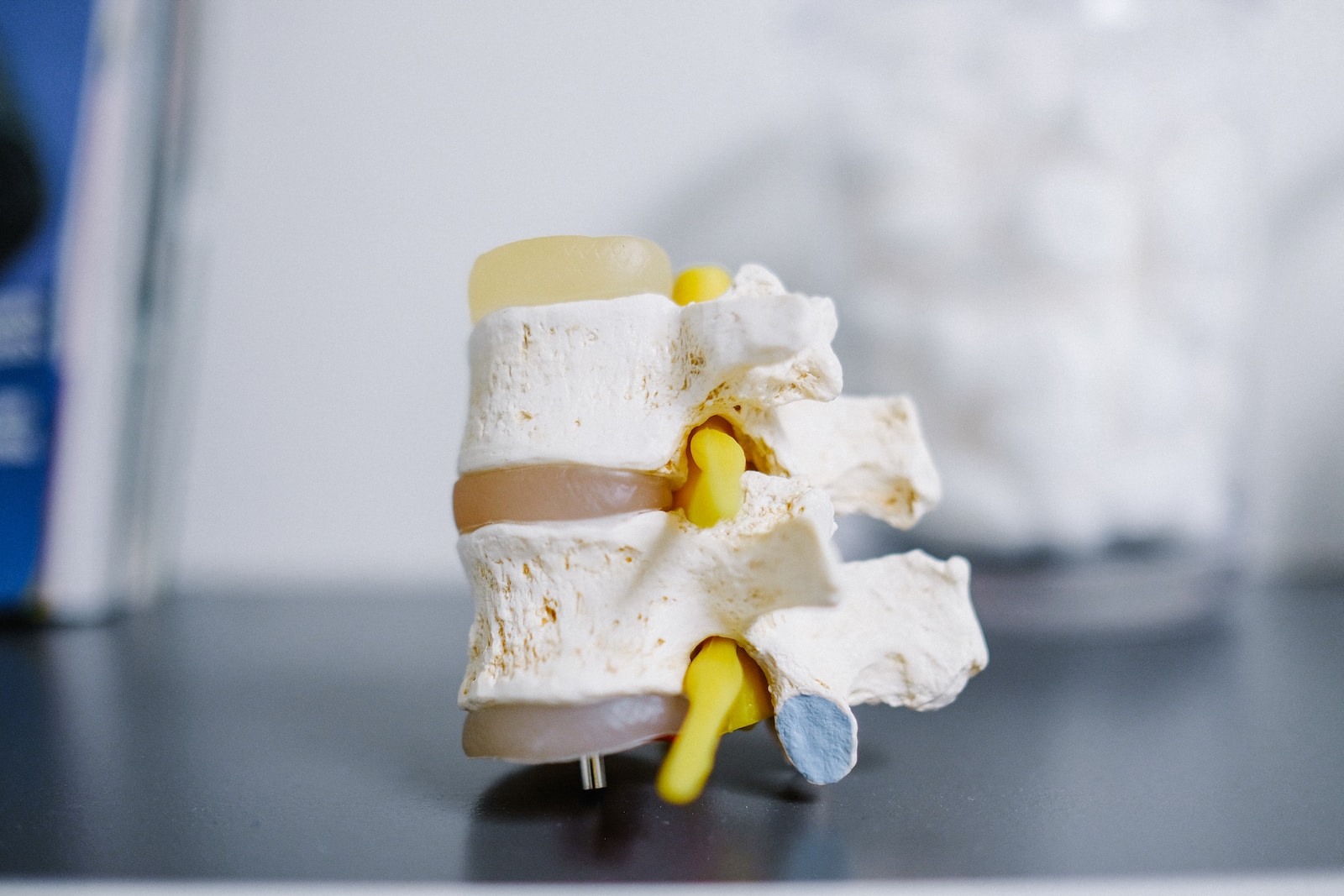Low back pain affects up to two-thirds of adults at some time in their lifetime. Low back pain is characterised by a dull ache in the lower back, located either centrally or on one side. It can also be associated with burning, tingling or numbness in the buttocks, thigh or leg regions. It is essential to understand the common causes and effective strategies available, in order to overcome your symptoms.

What is low back pain?
Your spine is made up of 24 bones, termed “vertebrae”. Between each vertebrae sits a “disc”, which is composed of a fibrous outer layer and a jelly centre. The disc is designed to absorb shock. Each vertebrae is joined together by a “facet” joint, and enable the spine to flex, extend and rotate. The spinal structures are supported by ligaments and muscles that attach to the vertebrae. Pain in your lower back can be associated with injury to these structures. However, the three most common causes of low back pain are stress, depression and sitting for more than 6 hours in a day. This suggests that your pain is often not caused by an injury to a certain structure. Alternatively, it is associated with inflammation and muscular spasm around the spine caused by factors that can be controlled.
Should I ask for a scan for my low back pain?
Whilst we are often keen to find a physical cause, the best action is to work with a professional who can help you to diagnose the likely cause of the pain. There is increasing evidence that more that 50% of asymptomatic individuals between 30-39 years of age, show changes in the structural composition of the spine. This suggests that any changes observed on scan, may be incidental and not necessarily relate to symptoms. Therefore, it can be difficult to make conclusions based on scan results.
 How can Physiotherapy help with lower back symptoms?
How can Physiotherapy help with lower back symptoms?
Your healthcare professional will perform a thorough assessment to determine your strength deficits and spinal mobility. Based on this assessment, they will prescribe an exercise program that helps to build strength in the muscles that support your low back and ensure adequate flexibility in the spine. This approach is recommended by the National Institute for Health and Care Excellence. Your healthcare professional will also recommend that your temporarily avoid activities that place increased strain on your lower back. These activities include: sitting for more than 20 minutes, and avoiding repetitive bending and lifting heavy loads. By modifying these activities temporarily, you can avoid the muscles around the spine going into a protective spasm and prevent inflammation building up around the low back.
The National Institute for Health and Care Excellence also recommends in combination with exercise therapy, the addition of psychotherapy to help you to manage stress levels and depression. Your health care professional can alleviate pain through , manual treatments, such as massage and spinal mobilisation, to help relieve the muscular spasm associated with low back pain. Anti-inflammatory medication should only used for acute low back pain. Opioids and muscle relaxants are not recommended for pain relief. Low back pain can be very debilitating, but with the right care it can be successfully managed.





